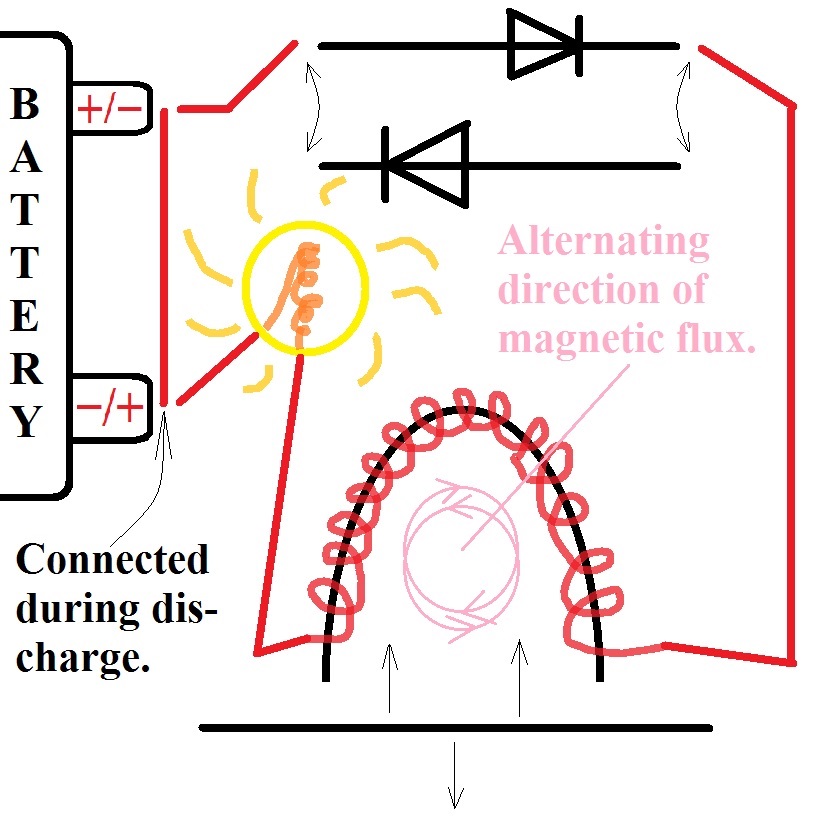According to William Lyne in his book, Pentagon Aliens, Tesla had a generator that the Nazi's used during WWII in their electro-U boats having a range of 30,000 miles. The generator used the three metals of: aluminum, copper and iron. For every 200 pounds of iron attached to the device (in addition to any iron inside of any coil windings), one horsepower was added to the generator's output. The electro-mechanical watt hour meter of a bygone era (for some of us) is an extremely scaled down version of Tesla's Special Generator to the point of mediocrity.
So,...
Anyone have any ideas to share?
Mr. Lyne doesn't give much information more than this towards the back of his book, but he does give pictures and some insightful speculation on how it might have worked.
One embodiment of his employs the use of compressed air to drive a reciprocating piston which oscillates no more than a sixteenth of an inch. Also, its frequency of oscillations must be in resonance with the cavity surrounding the generator.
Mr. Lyne speculates that the huge hull of Germany's U-boats would have added a lot of horsepower if connected to this device.
Since I don't have any background in electrical bench testing, or even theory, my best guess is to stumble along holding onto wishful thinking driven by the notion that - if its true that 550 of Tesla's patents, out of a total of 700 - are highly classified *top secret*, and that this one patent of Tesla's is just one among those that have been squirreled away from us, then I feel that it belongs to us and not to a privileged few. So, I'm game to speculate on the notion that maybe we can slowly figure this mystery out.
So,...
Anyone have any ideas to share?
Mr. Lyne doesn't give much information more than this towards the back of his book, but he does give pictures and some insightful speculation on how it might have worked.
One embodiment of his employs the use of compressed air to drive a reciprocating piston which oscillates no more than a sixteenth of an inch. Also, its frequency of oscillations must be in resonance with the cavity surrounding the generator.
Mr. Lyne speculates that the huge hull of Germany's U-boats would have added a lot of horsepower if connected to this device.
Since I don't have any background in electrical bench testing, or even theory, my best guess is to stumble along holding onto wishful thinking driven by the notion that - if its true that 550 of Tesla's patents, out of a total of 700 - are highly classified *top secret*, and that this one patent of Tesla's is just one among those that have been squirreled away from us, then I feel that it belongs to us and not to a privileged few. So, I'm game to speculate on the notion that maybe we can slowly figure this mystery out.









Comment